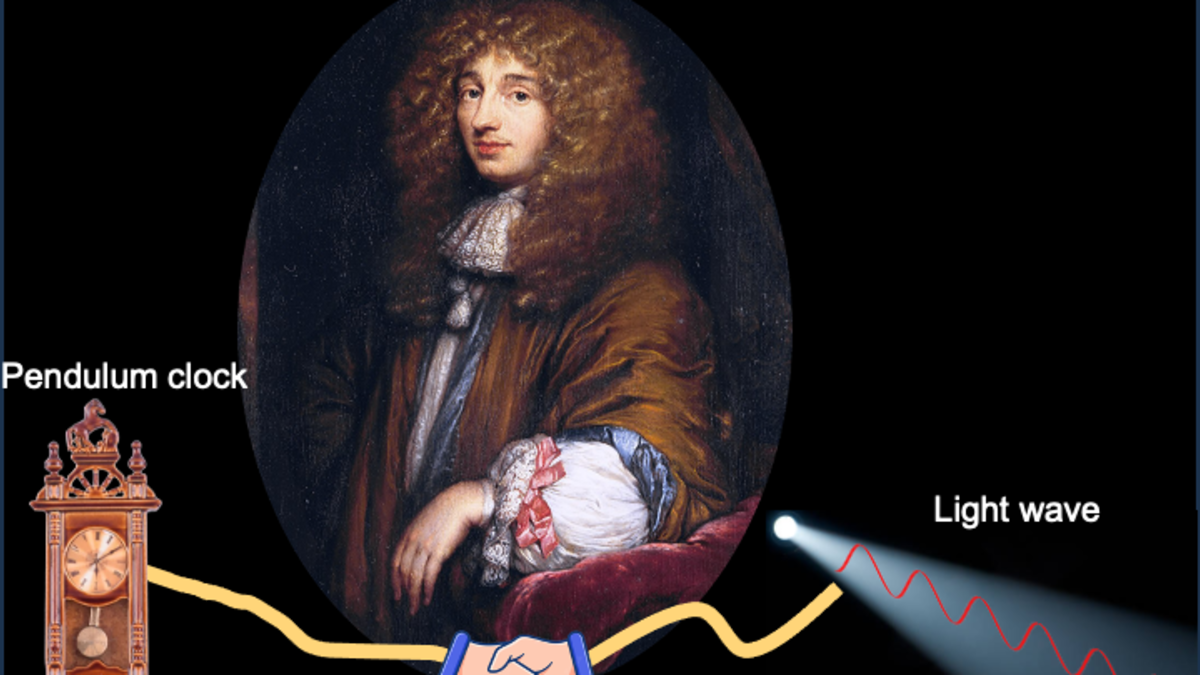light
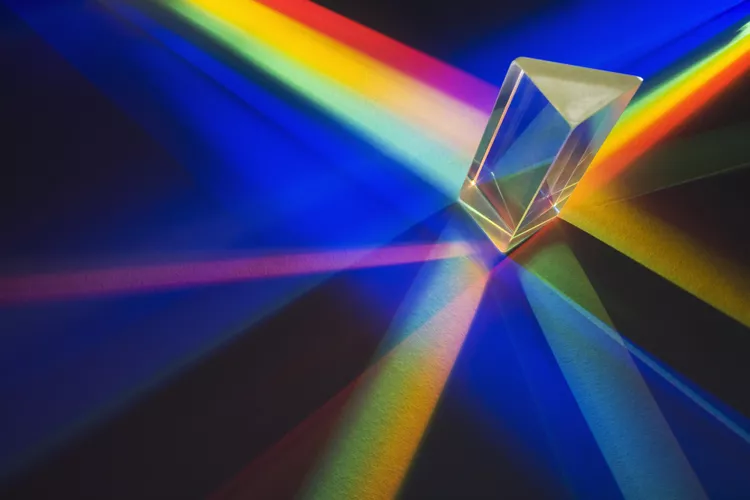

What is light?
It's radio. Electro-magnetic radiation.
The difference between different radio, is their Wave Length and Wave Frequency
The wave also has an Amplitude which is the intensity, strength, brightness.. of the wave.
All light travels at the speed of light
So I suppose there must be a common ratio between frequency and wavelengths. That with an increase in frequency, there should be a decrease in wavelength and vice versa.
I'm not sure about the amplitude. It seems it should be related to wavelength.
I wonder if it is amplitude difference that makes the colour we see.
Or is frequency like film, and the wavelengths are frames, and the movie is the colour?
All light, from an AM radio signal to an X-Ray, has a wavelength.
like..
/\ -/\ -/\ -/\ -/\ -/\ -/\ -/\ -/\
.-\/ -\/ -\/ -\/ -\/ -\/ -\/ -\/ -\/
wave, to and fro...
In this example above, if you measure the distance from one wavetop to the next wavetop, or from wavebottom to wavebottom, you will have the wavelength.
The wavelength is the distance between repeating phases, or cycles, of the wave.
All light, from an AM radio signal to an X-Ray, has a frequency.
Frequency is a count of how many wavelengths/cycles/phases there are in a time unit, say a second.
Cycles per second is called Hertz
Frequency of FM radio is about 100 million cycles per second or 100 Mega Hertz.
Frequency of AM radio is about 1 MHz
All light, from an AM radio signal, to an X-Ray, has amplitude.
like..
/\ -/\ -/\ -/\ -/\ -/\ -/\ -/\ -/\
.-\/ -\/ -\/ -\/ -\/ -\/ -\/ -\/ -\/
wave, to and fro…
If you vertically measure the distance from the wavetop to the centre of the wave, or from the wavebottom to the centre of the wave, you will have the amplitude.
It's like the height of wave. Or half the whole distance vertically travelled in one cycle of the wave. A peak.
Well, it's 'vertical' in that 2D picture…
And really, there are 2 waves, right? The electric one and the magnetic one?
Would they both always have the same amplitude as each other?
kinda.. but it's a bit more complicated
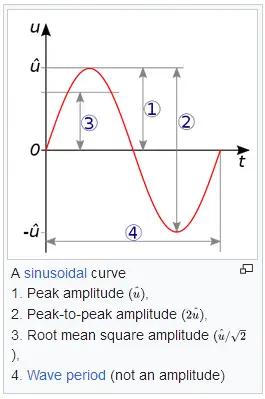
For symmetric periodic waves, like sine waves, square waves or triangle waves peak amplitude and semi amplitude are the same.
What is Electromagnetic Radiation?
Field is a physics term for a region that is under the influence of some force that can act on matter within that region. For example, the Sun produces a gravitational field that attracts the planets in the solar system and thus influences their orbits.
Stationary electric charges produce electric fields, whereas moving electric charges produce both electric and magnetic fields. Regularly repeating changes in these fields produce what we call electromagnetic radiation. Electromagnetic radiation transports energy from point to point. This radiation propagates (moves) through space at 299,792 km per second (about 186,000 miles per second). That is, it travels at the speed of light. Indeed light is just one form of electromagnetic radiation.
Some other forms of electromagnetic radiation are X-rays, microwaves, infrared radiation, AM and FM radio waves, and ultraviolet radiation. The properties of electromagnetic radiation depend strongly on its frequency. Frequency is the rate at which the radiating electromagnetic field is oscillating. Frequencies of electromagnetic radiation are given in Hertz (Hz), named for Heinrich Hertz (1857-1894), the first person to generate radio waves. One Hertz is one cycle per second.
Since we talk about the frequency of electromagnetic radiation in terms of oscillations per second and the speed of light in terms of distance travelled per second, we can say
Speed of light = Wavelength x Frequency
Wavelength = Speed of light / Frequency
Frequency = Speed of light / Wavelength
or c = λ f
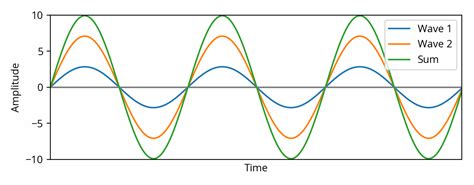
Wavelengths of visible light are measured in nanometres
A nanometre is 0.000000001 metres.. a billionth of a metre.
A centimetre is easy to imagine. It's like the width of a little fingertip. Millimetres aren't too hard. Not so easy to imagine a millionth of a millimetre.
What is going on there?
Why this back and forth? This wave?
Why, when a wave has more energy, are the wavelengths shorter?
Or.. why when a wave has less energy, are the wavelengths longer?
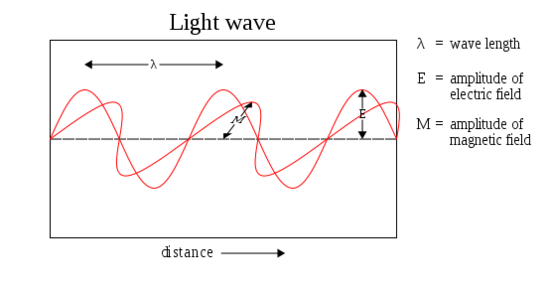
From Red to Violet, a certain range of light frequencies & wavelengths, can be seen with our human eyes.
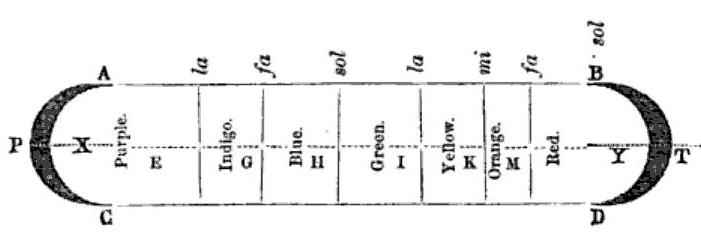
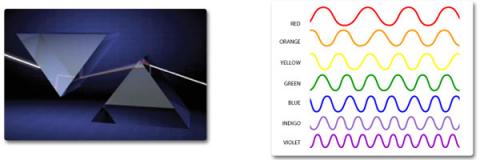
This topic and page is going to take a while, ha.
edit: 2024-03-11 - onto a new page.. snipping and gluing.. https://www.stoneskull.me/2024-03/light1
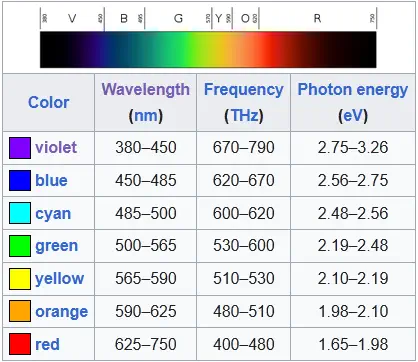
380–450 nanometres
Physicists at Stevens Institute of Technology use a 350-year-old theorem that explains the workings of pendulums and planets to reveal new properties of light waves.
